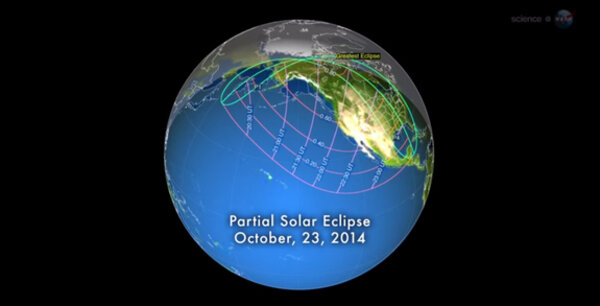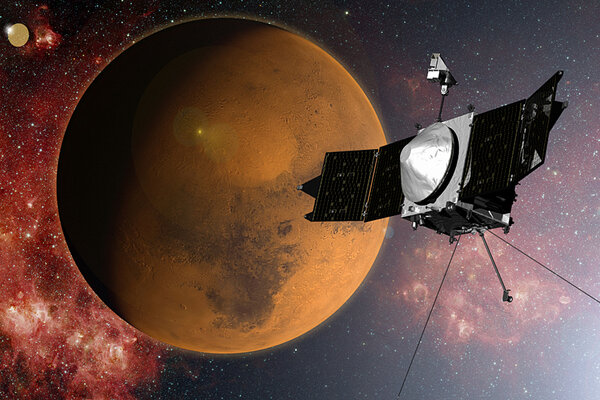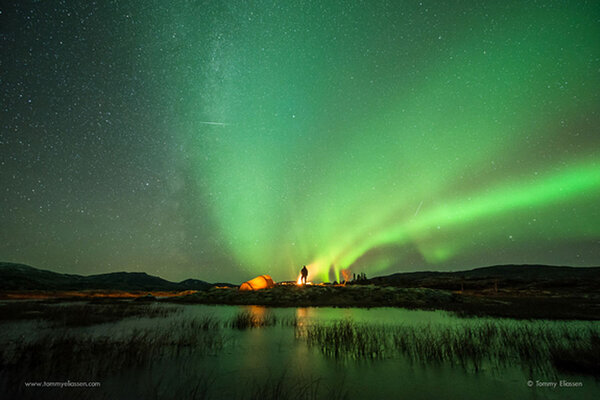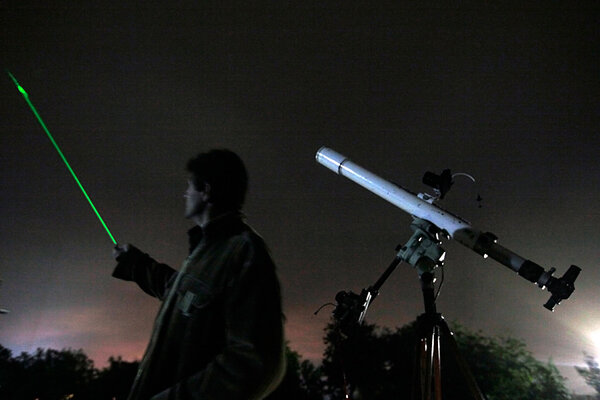All Science
 Chimps caught on camera failing to respect human property rights
Chimps caught on camera failing to respect human property rightsChimpanzees in Uganda have been caught on film taking food from their former habitat, which is now farmland.
 Paleontologists reveal their most ridiculous dinosaur yet
Paleontologists reveal their most ridiculous dinosaur yetFor decades, researchers had only the arms of Deinocheirus mirificus, a preposterous-looking, duck-billed dinosaur that lived some 70 million years ago. Now, scientists have found two more complete skeletons
 For many in US, the solar eclipse could be eclipsed by clouds
For many in US, the solar eclipse could be eclipsed by cloudsAn early-season nor'easter is to blame for the widespread cloud cover in the Eastern US that threatens to obstruct the view of the moon as it passes between the sun and the Earth.
 What can a 45,000-year-old man teach us about our prehistoric mating habits?
What can a 45,000-year-old man teach us about our prehistoric mating habits?DNA extracted from a 45,000-year-old human femur unearthed in Siberia is helping to pinpoint when Homo sapiens and Neanderthals interbred.
 Humongous, toothless wonder of a dinosaur unveiled
Humongous, toothless wonder of a dinosaur unveiledNearly 50 years after discovering Deinocheirus mirificus, paleontologists have established a complete picture of the 36-foot-long dinosaur.
 Can astronauts safely go to Mars? Cosmic ray risk increasing.
Can astronauts safely go to Mars? Cosmic ray risk increasing.If the sun is entering a prolonged period where sunspot activity is considerably weaker, the radiation hazard from cosmic rays is likely to increase further. A new study looks at the risks for astronauts going to the moon, Mars, and other destinations.
- What happens when you give a breathalyzer test to a dolphin?
Scientists have developed a method of capturing a dolphin's breath and analyzing its chemistry, as a way of helping to treat ailing dolphins and to learn more about their biology.
- What's the best way to watch Thursday's partial eclipse?
Hint: It's not by staring directly at the sun.
 When did Europeans start drinking milk? Skull analysis reveals clues.
When did Europeans start drinking milk? Skull analysis reveals clues.A genetic analysis of remains unearthed from prehistoric burial sites sheds light on the lives of ancient Europeans.
 Three spacewalks in a row: Why so many EVAs?
Three spacewalks in a row: Why so many EVAs?Russian astronauts will remove and jettison old science equipment during an International Space Station space walk Wednesday.
- Archaeologists find 6,000-year-old temple in Ukraine
The remains of the two-story temple also contain fragments of humanlike figurines and animal bones.
 POLARBEAR project offers clues about origin of universe's cosmic growth spurt
POLARBEAR project offers clues about origin of universe's cosmic growth spurtAn international team of scientists has detected 'b mode' polarization pointing to evidence of cosmic inflation, a powerful growth spurt that scientists hypothesize took place in the first fraction of a second after the big bang 13.8 billion years ago.
 How to view Thursday's solar eclipse with a shoebox
How to view Thursday's solar eclipse with a shoeboxYou'll also need some aluminum foil and a white sheet of paper to watch as the moon partially occludes the sun on Thursday.
 Orionid meteor shower: How to watch it online
Orionid meteor shower: How to watch it onlineDon't fret if clouds are stopping you from viewing the spectacular Orionid meteor shower. Here's a way to watch it online.
 Only six northern white rhinos left. Is there any chance of a comeback?
Only six northern white rhinos left. Is there any chance of a comeback?A northern white rhino in captivity in Kenya has died and now the subspecies is down to just six.
 Could a tsunami destroy Hawaii?
Could a tsunami destroy Hawaii?Scientists have found evidence of a massive tsunami that devastated Hawaii some five centuries ago, prompting Aloha State officials to greatly expand their tsunami evacuation plans.
 Could Earth's magnetic poles suddenly flip?
Could Earth's magnetic poles suddenly flip?Scientists have found that the most recent reversal of the Earth's magnetic poles took only about 100 years. What's more, our planet's magnetic fields appear to be weakening, suggesting a flip is on its way.
 NASA's Mars fleet survives close brush with comet
NASA's Mars fleet survives close brush with cometThe three NASA spacecraft orbiting Mars are in good health after Comet Siding Spring hurtled past the Red Planet, say space agency officials.
- Solar eclipse to darken US skies Thursday
The moon's shadow will pass over North America on Thursday, in a partial eclipse that can be viewed from much of the United States.
 Orionid meteor shower tonight: how to get the best view
Orionid meteor shower tonight: how to get the best viewThe Orionid meteor shower peaks in the early hours of Tuesday, with meteors flitting across the sky at an average pace of about one every three to four minutes.



















